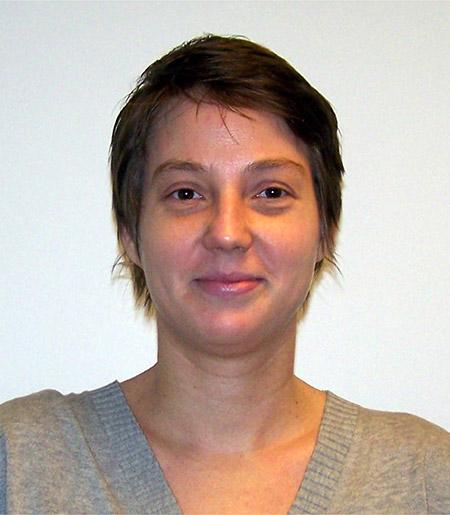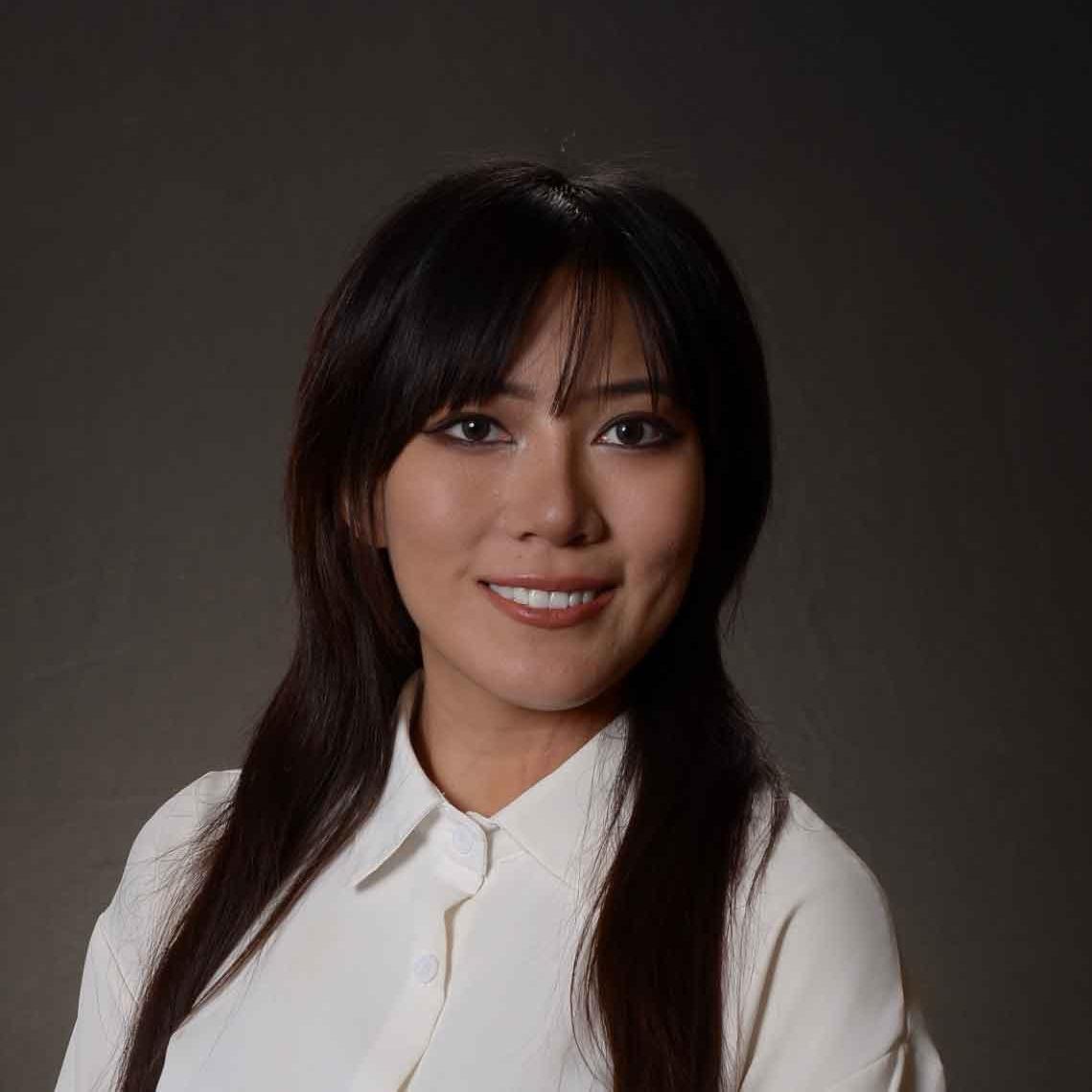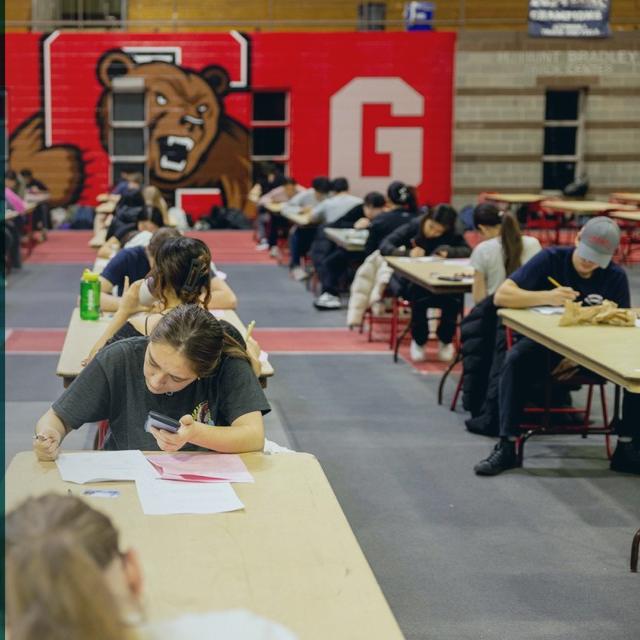A series of new papers, including one by Kathryn Mann, associate professor of mathematics and Joyce A. Yelencsics ’65 and Frederick M Rosevear Faculty Leadership Fellow in the College of Arts and Sciences, describes how to reconstruct key dynamical systems, which address how phenomena as simple as a pendulum’s back-and-forth motion or as complex as the weather evolve over time, with relatively little data.
In particular, dynamical systems called Anosov flows, which crop up naturally in many areas of mathematics and act as important toy models, showcase seemingly paradoxical properties all in one place: chaos and stability; rigidity and flexibility; the presence of intrinsic geometric structure amid an underlying topological wilderness.“You hope that once you have a perfect picture of this case, you can turn back to the messy real world and approach it with fresh eyes,” Mann said in a Quanta Magazine profile of her work and the contributions of others to this problem.
“Though mathematicians have made a lot of progress over the past 60 years, they are still far from achieving the perfect picture Mann spoke of: a classification of all the different kinds of Anosov flows,” Jordana Cepelewicz writes in the profile. “Now, in a series of recent papers, [Thomas] Barthelmé and Mann, together with Steven Frankel of Washington University in St. Louis, have taken a striking step toward that elusive goal.”






